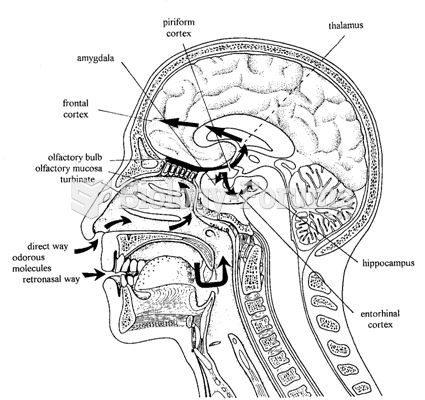|
|
|
In the United States, congenital cytomegalovirus causes one child to become disabled almost every hour. CMV is the leading preventable viral cause of development disability in newborns. These disabilities include hearing or vision loss, and cerebral palsy.
Cancer has been around as long as humankind, but only in the second half of the twentieth century did the number of cancer cases explode.
Excessive alcohol use costs the country approximately $235 billion every year.
Cyanide works by making the human body unable to use oxygen.
Illness; diuretics; laxative abuse; hot weather; exercise; sweating; caffeine; alcoholic beverages; starvation diets; inadequate carbohydrate consumption; and diets high in protein, salt, or fiber can cause people to become dehydrated.







